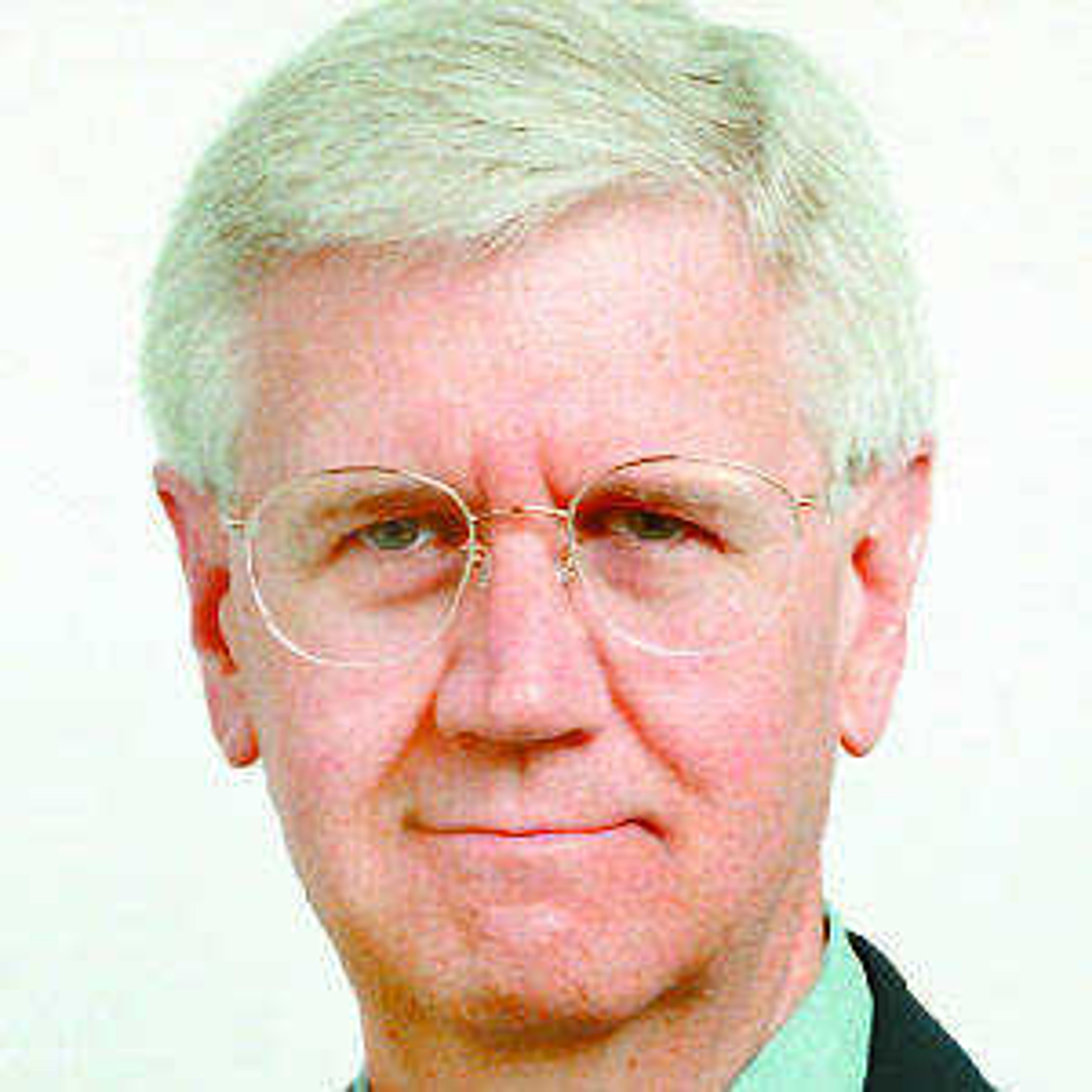It's time for that goofy time column -- again
Woe and alas. What else can you say? This is the weekend when we have to reset our clocks. Again. I know. Some of you are disappointed that I even have to bring this up over and over and over. Some of you are disappointed that I show any concern at all about the twice-a-year clock noodling. Gee, what uncluttered lives you must have...
Woe and alas.
What else can you say?
This is the weekend when we have to reset our clocks. Again.
I know. Some of you are disappointed that I even have to bring this up over and over and over.
Some of you are disappointed that I show any concern at all about the twice-a-year clock noodling. Gee, what uncluttered lives you must have.
Let me be plain. I am not opposed to daylight saving time. Nor am I opposed to standard time. But let's pick one or the other. What if we ran elections like we dictate time? We would elect Hillary next Tuesday and change our minds in a couple of years and ask Trump to step in. Then when we got fed up with Trump, we'd go back to Hillary. And on and on and on.
I know how some of you would vote, in the time election, if you could. Some of you would like to have DST year around. Count me among the fold.
On the other hand, some of you would like standard time year around. That makes sense. "Standard" used to mean something.
While we're at it, maybe we should take a look at our time zones, too. India, for example, has just one. China, which spans a bunch of time zones, only has one official zone, the one in Beijing. Look at China. Simplified time has to get at least some of the credit for that country's rise to international prominence. Don't you think?
And then there's Australia.
Maybe it's because Australia is a country, an island and a continent that it gets away with its unusual accounting for the passing of the days and nights. Instead of the more common one-hour offsets in time zones, Australia has half-hour deviations.
And then there are some places that even use 15-minute offsets. Nepal would be one. I bet you didn't know that. I didn't until a few minute ago. Isn't Google great?
However, time zones, offsets and how other countries manage time don't mean a thing in regards to what we do right here in these United States of Time Sanity.
It's about time we stopped letting somebody else tell us how to set our clocks. We can choose to set them once and be done with it. We really can. DST or standard. Pick one. Or come up with something better.
Until well after World War II, clock setting was not standard anywhere. Urban areas used DST during summer months, but I don't know many farmers who messed with time changes. The sun's race across the firmament was good enough for the good folks who saw to it that we ate well and grew at least a foot taller than our parents.
Think about it: We won the war at the same time folks all over this land chose, arbitrarily, what time setting to use. We could do it again, people. We are a plucky nation.
Finally, I am now able to report to you the official results of the highly scientific survey I made of six of my friends. I could have used seven, eight or nine friends for my poll, but let's face facts: Time cranks don't have a lot of friends. So there.
Of the six friends who said they wouldn't be embarrassed outright to be known as acquaintances of mine, five said we should pick one standard time and use it year around. The sixth so-called friend said she likes DST for part of the year and standard time for the winter months.
Of the five who said they preferred to have the same standard time year around, one offered something of an olive branch. He said instead of a full hour, perhaps we could adjust the time by quarter-hour increments until we arrive at a standard time appreciated by and beneficial to sane human beings. Once we figure out what that standard time is, we would stop messing with periodic changes. For good.
I think we can get this done, as long as we don't involve Congress, the White House, Democrats or Republicans.
The rest of us can come up with a really, really good standard time. Until then, don't forget to reset your clocks when you go to bed Saturday. Even if you plan to sleep until noon Sunday.
Joe Sullivan is the retired editor of the Southeast Missourian.
Connect with the Southeast Missourian Newsroom:
For corrections to this story or other insights for the editor, click here. To submit a letter to the editor, click here. To learn about the Southeast Missourian’s AI Policy, click here.










